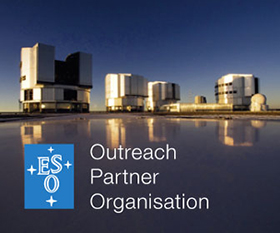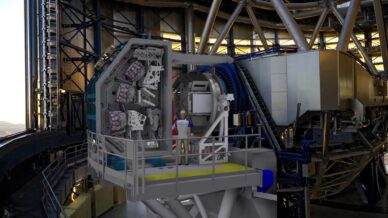
Instituto de Astrofísica e Ciências do Espaço is paving the way for research that will open new windows onto the Universe
The MOONS spectrograph, now en route to the Paranal Observatory in Chile, will use newly developed tools recently created by researchers at the Instituto de Astrofísica e Ciências do Espaço
Read more
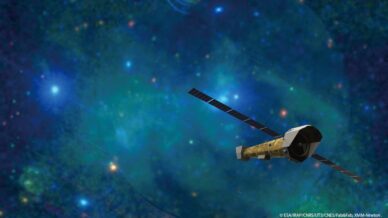
NewAthena space telescope will reveal the primordial Universe
Using modern cosmological simulations, a team led by researchers from the Instituto de Astrofísica e Ciências do Espaço (IA) has predicted that ESA’s future X-ray observatory will detect an unprecedented number of supermassive black holes at the edge of the Universe
Read more
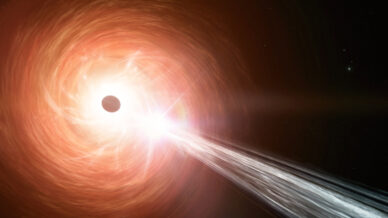
Black hole with off-the-chart growth discovered in the early Universe
Observed by a team, that includes several researchers from the Instituto de Astrofísica e Ciências do Espaço (IA), this black hole—containing a billion solar masses—has a growth rate 2.4 times above the expected limit for this type of object
Read more
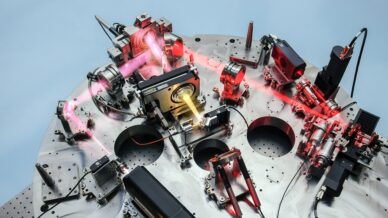
First scientific results from the NIRPS spectrograph
More than 140 experts contributed to the project of this new infrared spectrograph, including several Instituto de Astrofísica e Ciências do Espaço (IA) researchers
Read more
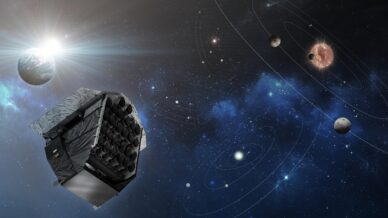
PLATO space mission gets closer to space
This European Space Agency mission, with strong involvement from the Instituto de Astrofísica e Ciências do Espaço, reached a major milestone
Read more
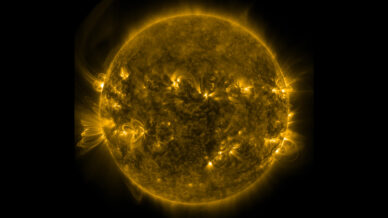
The “Born-Again Dynamo” of the Sun’s Elder Twin
Led by Instituto de Astrofísica e Ciências do Espaço researchers, the team made new magnetic measurements of β Hydri, a star analogous to the future Sun, to reveal surprising activity
Read more
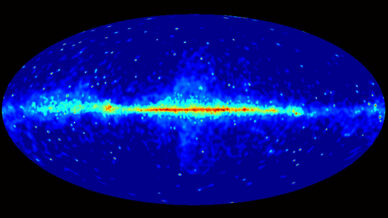
New catalogue reveals major gap in knowledge about the most extreme objects in the Universe
Using data from the Fermi Gamma-ray Space Telescope, collected over 16 years, a team led by a researcher from the Instituto de Astrofísica e Ciências do Espaço has revealed that we do not know the distance to most of the highest-energy cosmic sources ever detected — a fact that has significant implications for our understanding of the most extreme phenomena in the Universe.
Read more

Jarle Brinchmann is the new Director of Science of the European Southern Observatory
The until now coordinator of Instituto de Astrofísica e Ciências do Espaço and professor at Faculdade de Ciências da Universidade do Porto, will
Read more

